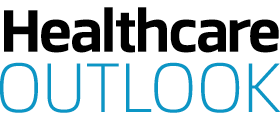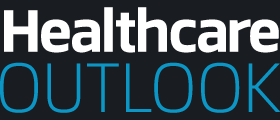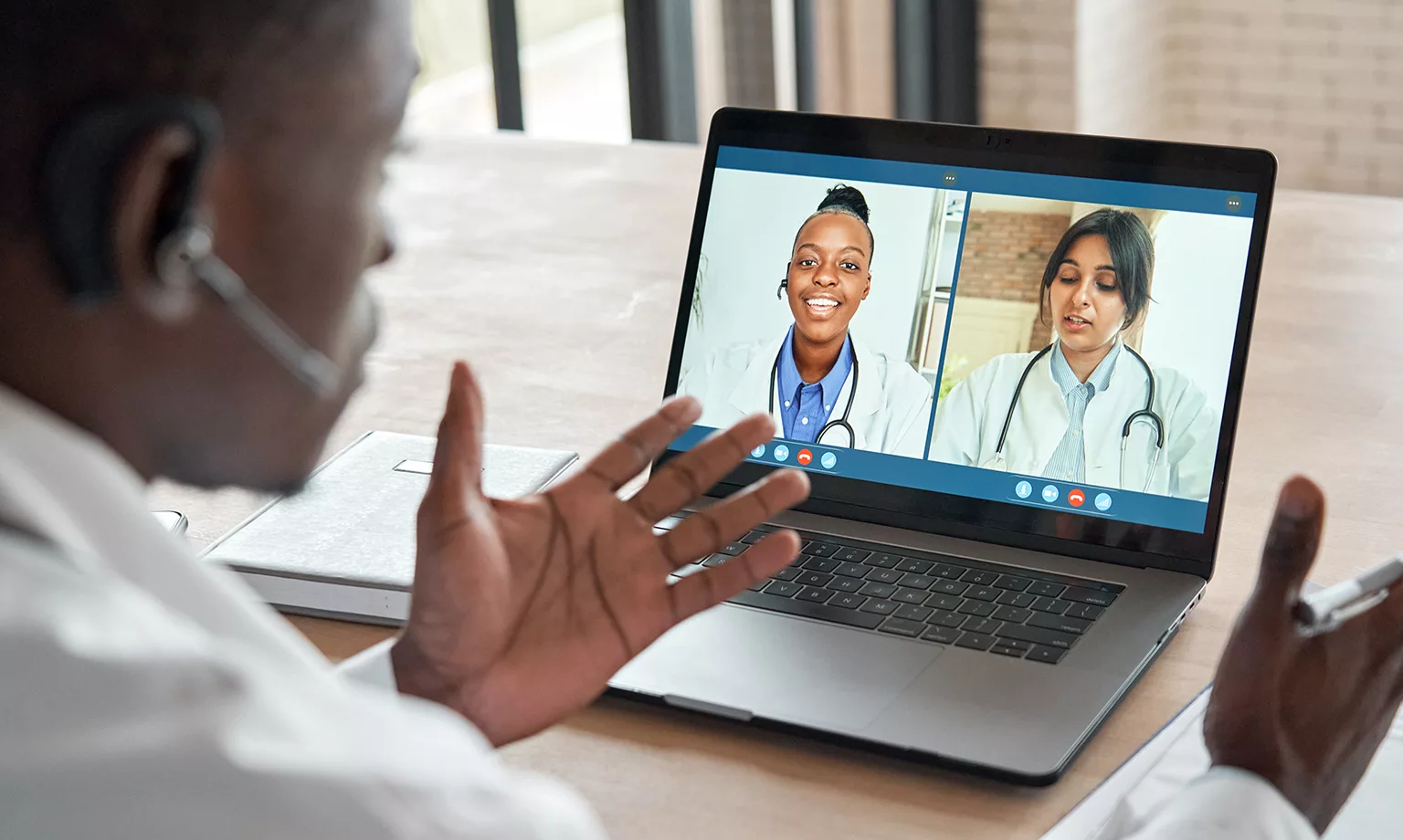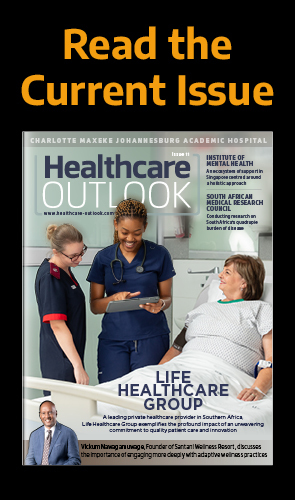As the UK’s NHS faces unprecedented hospital waiting times and increasing backlogs of patients in need of care, could ‘hospitals without walls’ be the answer? Ash Thornley-Davies, Account Executive for Healthcare and the NHS at Zoom, tells us more.
- INTRODUCTION
- Q&A WITH ASH THORNLEY-DAVIES, ACCOUNT EXECUTIVE, HEALTHCARE AND NHS
- What is your opinion on the current uptake of technology within the UK’s healthcare sector?
- What role can technologies such as Zoom play in assisting the sector’s professionals?
- Could you expand on the development of Hospitals at Home across the UK? Looking ahead, do you see this as a major area for progress in the integration of technology and healthcare for the NHS?
- What are some of the other advantages that the adoption of digital services can bring and why does the NHS need them?
- Finally, how do you forecast the future of technology progressing within the healthcare sector in the near future?
INTRODUCTION
In recent years, the NHS has come under increasing pressure, as patient demand escalates alongside record-breaking figures on the waiting list for hospital treatment. Indeed, the latest statistics from January 2023 show that a staggering 7.21 million people in the UK are waiting for hospital treatment.
To alleviate strain on the system, the UK government is seeking answers in technology and the critical role it can play in improving the nation’s healthcare delivery. Recent announcements centre on Hospitals at Home, as a scheme that aims to deliver a health and social care system that will be faster, more effective, and deliver more personalised care through effective remote monitoring. Within this vision, the near future will see half a million people with long-term health conditions treated at home instead of in hospitals.
In this brave new world, virtual conferencing technologies such as Zoom will be instrumental. The tool’s effectiveness has already been proven by several successful case studies, as seen with London’s Great Ormond Street Hospital for Children NHS Foundation Trust (GOSH). During the COVID-19 pandemic period, GOSH became a leading digitally enabled healthcare facility by incorporating Zoom Meetings and Zoom Webinars for video visits and staff communication to great effect. As Account Executive for Healthcare and the NHS at Zoom, we speak to Ash Thornley-Davies to find out more about its potential going forward.
Q&A WITH ASH THORNLEY-DAVIES, ACCOUNT EXECUTIVE, HEALTHCARE AND NHS
What is your opinion on the current uptake of technology within the UK’s healthcare sector?
Ash Thornley-Davies, Account Executive, Healthcare and NHS (ATD): COVID-19 rapidly accelerated the technology uptake in healthcare, particularly within the NHS in the UK. The pace of innovation over the past three years has been dramatic, and it has transitioned from a belief that patients weren’t ready for digital healthcare, to now questioning how we can improve that experience for patients. It’s given rise to interesting challenges, such as enabling bedside technology so that families can directly call a patient’s bed and allow them to see and interact with their loved ones. These are great challenges to be able to solve and we are fortunate to have this unique platform that allows us to do that.
What role can technologies such as Zoom play in assisting the sector’s professionals?
ATD: Zoom plays a really important part in the way that technology works. Rather than being a siloed piece of technology within a healthcare organisation, Zoom can integrate into the majority of clinical systems being used in a hospital. This means we’re providing an integrated care experience for both patients and clinical staff. Through electronic patient records (EPRs), we can embed Zoom into that system to speed up access of care for the patient and eliminate errors in clinicians potentially contacting the wrong patient.
Our role is instrumental in speeding up care and reducing the backlog that the NHS is currently facing. We’re also futureproofing and improving outcomes for patients by using things such as virtual reality (VR). This means that when we have surgeons conducting surgery, this can be live-streamed to qualifying doctors and trainees so they have a first-person view of how that procedure is progressing while accessing advice from anywhere in the world. This way, you can harness the collective power and advice of a global network through the Zoom platform.
“Our role is instrumental in speeding up care and reducing the backlog that the NHS is currently facing”
Ash Thornley-Davis, Account Executive, Healthcare & NHS, Zoom
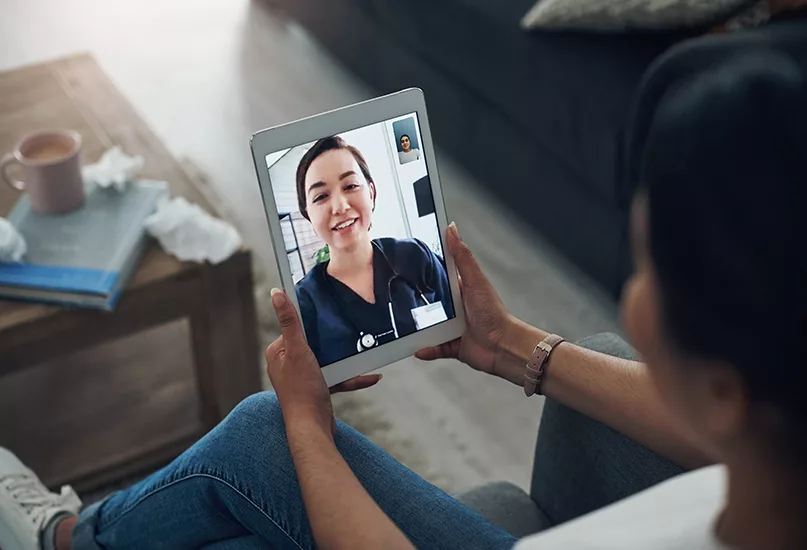
Could you expand on the development of Hospitals at Home across the UK? Looking ahead, do you see this as a major area for progress in the integration of technology and healthcare for the NHS?
ATD: The Hospital at Home programme is a government initiative to try and reduce backlogs and free up beds for patients who really need to be in a physical hospital. All the evidence suggests that patients recover quicker at home, and so this has really helped us to shift the perception of where you can receive care and how that care can be delivered. Complementing this is the emergence of 5G across the UK, which means that more people than ever have access to superfast broadband. In spite of this, Zoom works very well in low bandwidth scenarios, so even though you may have a weak internet connection, you can still receive care using virtual tools.
We’re early on in the Hospitals at Home journey, but there’s so much potential in that aspect of healthcare. Government ministers hope that the expansion of technology such as Zoom will free up hospital beds and clinician time by enabling doctors and nurses to monitor approximately 500,000 people remotely and the ambition is to have 40 to 50 virtual ward ‘beds’ per 100,000 of the population.
The department has also said that over 280,000 people have used remote monitoring at home and in care homes for long-term conditions in the last year, resulting in improved outcomes, with problems picked up earlier, shorter stays in hospital, and fewer admissions.
In addition, one in five practices across the country, over 1,400 in total, have switched on prospective record access, enabling 6.5 million patients with online accounts to automatically view new record entries such as test results, appointment notes, and hospital letters online and through the NHS App.
What are some of the other advantages that the adoption of digital services can bring and why does the NHS need them?
ATD: I believe that the biggest advantage of digitalising patient care is the speed at which a patient can go through their individual pathway. By digitising their journey, we can speed up access to care and enable them to see the right consultant in a timely manner. This leads to better outcomes for all.
Finally, how do you forecast the future of technology progressing within the healthcare sector in the near future?
ATD: Conversational artificial intelligence (AI) has a big part to play through various roles in a healthcare setting. We are already seeing its adoption from corporate customers and even in the Life Sciences sector, where AI is helping to make suggestions and remove some of the burdens that are involved in certain roles. For instance, AI could take part in a video consultation with a patient, then post consultation, it might suggest follow-ups or even prompt a clinician for things they may have forgotten to mention or have missed. For example, it could be that they mentioned patient X had Y condition, but their notes may not have suggested this as an outcome. I see this as playing a bigger part in assisting clinicians in doing their job, rather than replacing them.
VR and augmented reality will also continue to grow, as we’re able to give both patients and consultants additional information and data that helps them to make more informed decisions. I see this as especially critical in emergency situations where you’ve got paramedics on the ground who are able to see on a heads-up display vital statistics about the patient, from a record back in the hospital. Ultimately, this enables them to make better decisions and better outcomes for a patient.

